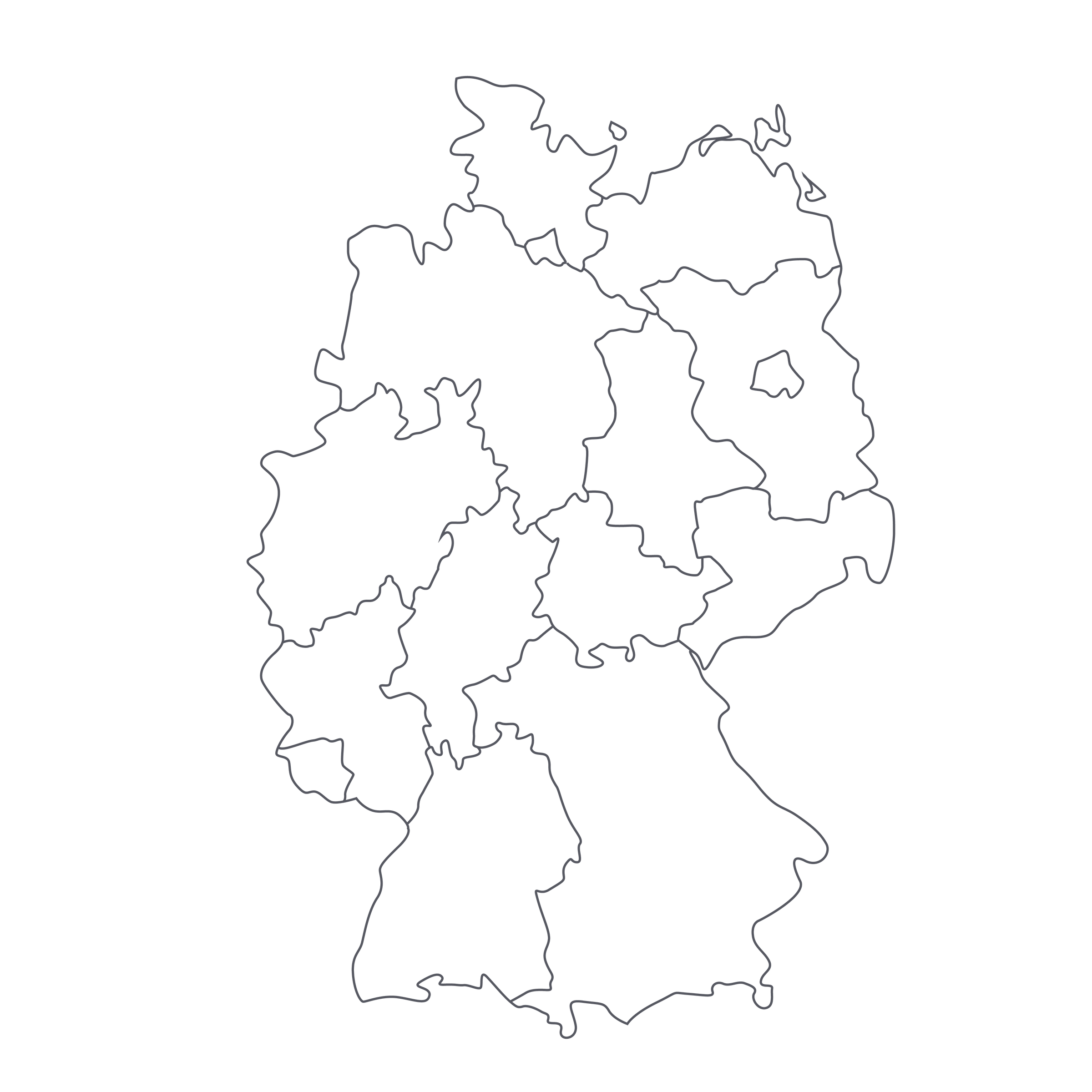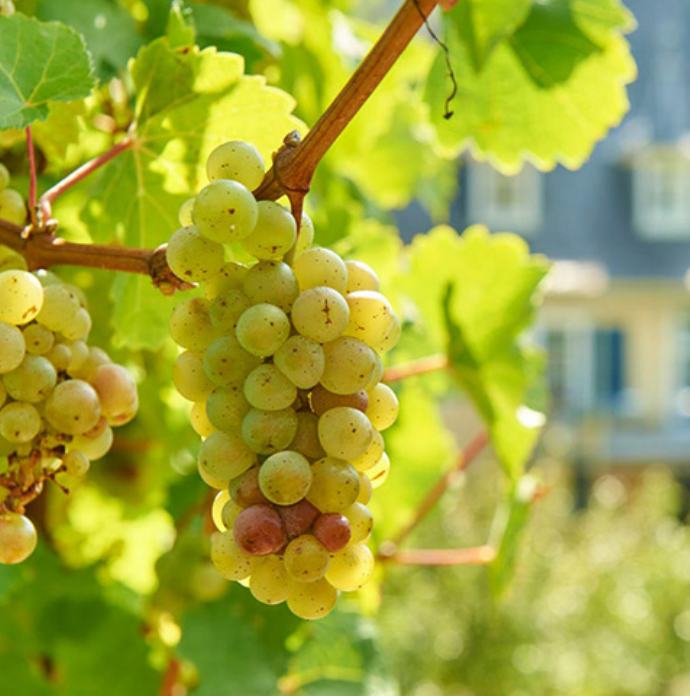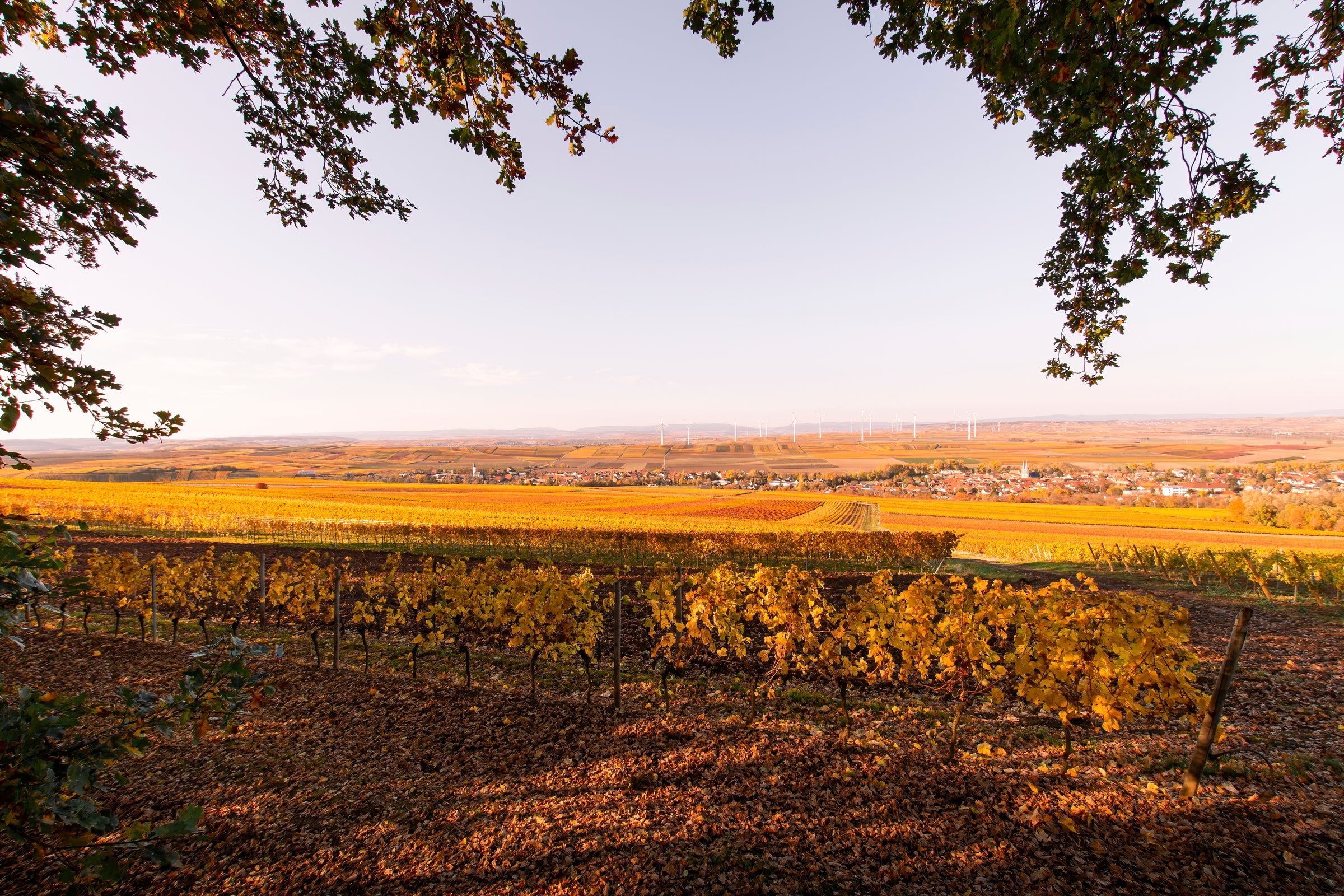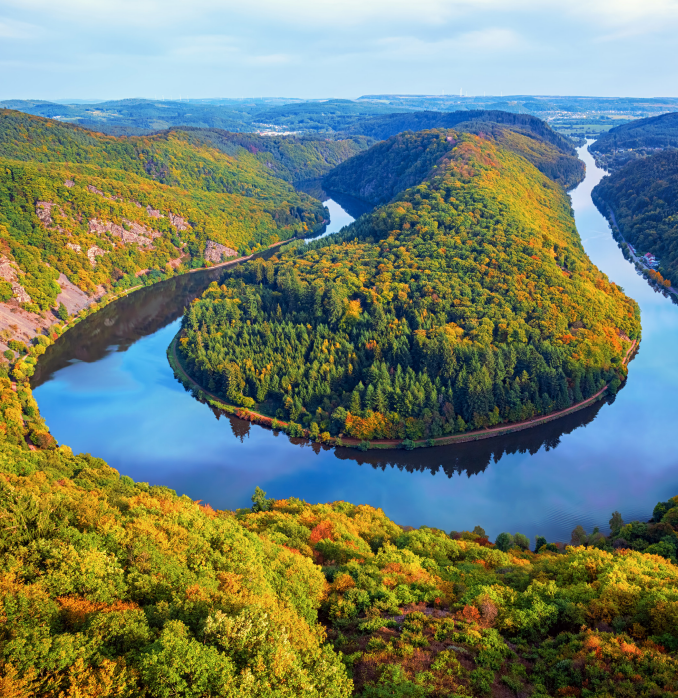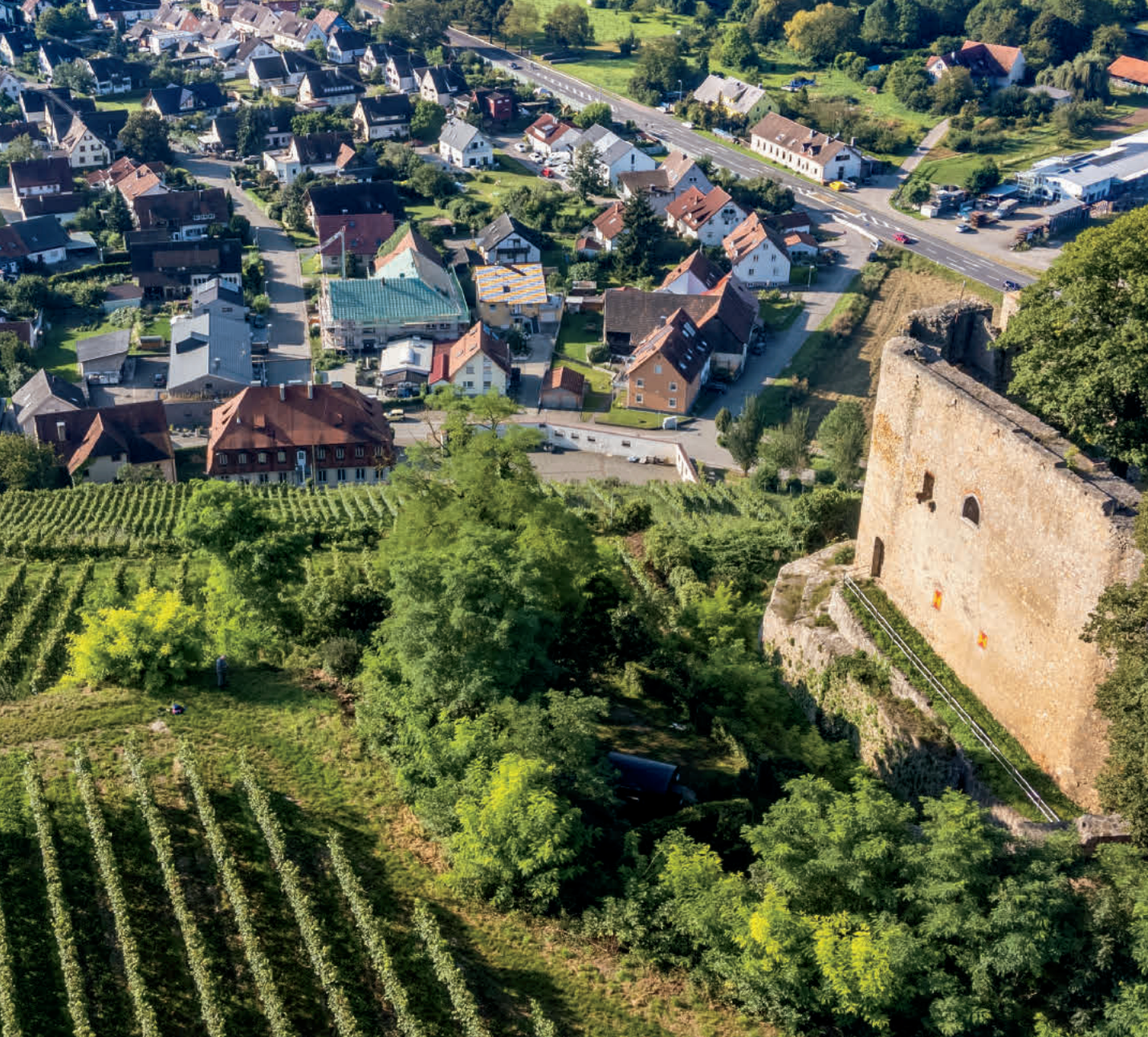When we moved the spotlight onto Blees-Ferber’s Gärtchen Auslese at the start of the year, we were thrilled to see many of you pounce on the wine—it had the balance, energy, and ‘ageworthiness’ that has always been associated with Germany's finest. We were confident to label it a ‘marvel’ and this Spätlese (one ‘ripeness level’ below Auslese) doesn't deviate from our previous acclaim: this is a wine that checks off all the aforementioned markers, while adding a supreme level of electric minerality and freshness.
Additionally, today’s Spätlese hails from a highly prized site within the town of Trittenheim: “Apotheke” (you can see a picture in the link below). It is undoubtedly considered one of Middle Mosel’s premier vineyards. All in all, this is a must-have bottle for German Riesling fanatics and, for those still testing the waters, a textbook example of Riesling’s inimitable magic. Mosel is, and always will be, a coveted winemaking area—it offer old vines, dizzying hillside terroirs, and immense levels of history (dating back to the Romans)—and Blees-Ferber is a new(ish) discovery that continues to impress at every level. At this price, there is next to nobody who can offer a better interpretation of Mosel Spätlese. Have at it!
Blees-Ferber is a small, family-run estate that Stefan Blees has managed since taking over for his father in the 1990s. Stefan oversees roughly 25 acres of vines that are divided amongst some the greatest hillside sites along the Mosel River. He produces a wide range of wines, from sparkling to sweet, and for the latter in particular, the estate has attracted considerable acclaim. Since Stefan’s takeover, quality and sustainability has consistently grown and today he and his wife continue crafting incredibly layered, environmentally friendly wines with a steady eye toward affordability. For them, it is always quality over quantity.
The Mosel River slices through ancient slate and is flanked by steep hillside vineyards that have produced great wine for centuries. Riverfront towns are scattered about its twisting banks, and in the Middle Mosel, several of them are home to world-class vineyards—”Trittenheim” being one of them (about six miles south of Piesport if you take a boat ride). Without question, the most renowned vineyard here is “Apotheke.” This is a terrifyingly steep “don’t look down” vineyard that soaks up the sun from above and the abundant minerals from slate soils below. Blees-Ferber only owns a handful of acres in
Trittenheimer Apotheke, but what Stefan harvests comes with great care—always by hand after several passes. After grapes are shuttled to his winery in nearby Bernkastel (yet another famous Middle Mosel village), they ferment and age briefly in temperature-controlled stainless steel.
Blees-Ferber’s 2016 Spätlese from Trittenheimer Apotheke shines a bright yellow gold with brilliant platinum reflections. The nose is incredibly seductive, providing a decadent, rich, and vibrant sense of energy. Expect a wonderful blend of peaches and cream, quince, candied lime, Meyer lemon, and a underlying presence of crushed slate and petrol. As it warms up, further aromas come out of hiding: tangerine, orange peel, green mango, yellow flowers, and acacia honey; really, you can keep your nose in this wine and continue pulling out descriptors, but an innate desire to drink this delectable Spätlese will take over. On the palate, the wine is similar to Blees-Ferber’s Auslese, just a bit less sweet and (amazingly) a tad fresher. It’s bright energy and decadence creates a mouthwatering sensation; the blend of tropical-stone fruits next to a beautiful lift of crushed rock minerality and citrus pushes it into a resoundingly long finish. Ferber’s Spätlese will age a couple decades if you allow it, but I suspect it will be popped on one of many hot days this summer, which is a fine choice! Just keep the drinking temperature around 50 degrees and serve next to scallops drenched in a savory green curry sauce—don’t be afraid to modify the recipe by dialing up the spice. Cheers!


